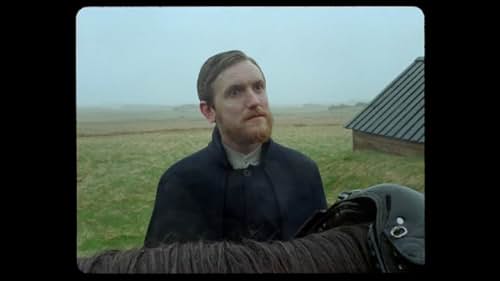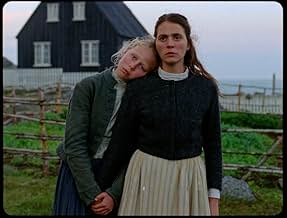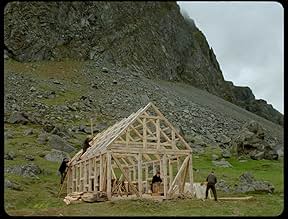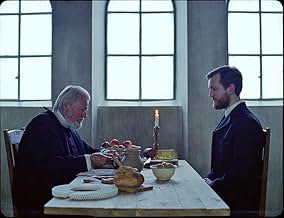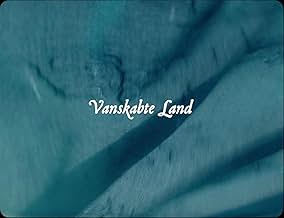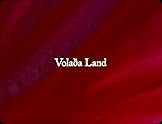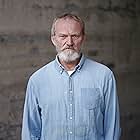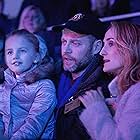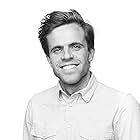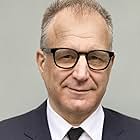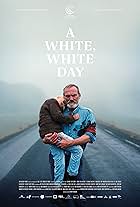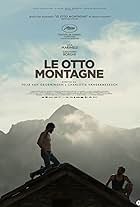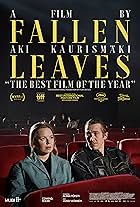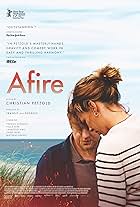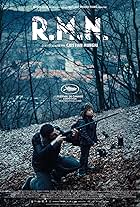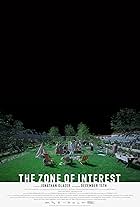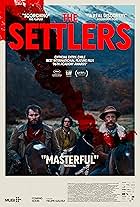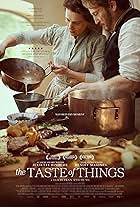IMDb RATING
7.1/10
7.9K
YOUR RATING
At the end of the 19th century, a young Danish priest is sent to a remote part of Iceland. The deeper he travels into the Icelandic landscape, the more he loses a sense of his own reality, h... Read allAt the end of the 19th century, a young Danish priest is sent to a remote part of Iceland. The deeper he travels into the Icelandic landscape, the more he loses a sense of his own reality, his mission and his sense of duty.At the end of the 19th century, a young Danish priest is sent to a remote part of Iceland. The deeper he travels into the Icelandic landscape, the more he loses a sense of his own reality, his mission and his sense of duty.
- Awards
- 18 wins & 41 nominations
Ingvar Sigurdsson
- Ragnar
- (as Ingvar Sigurðsson)
Jacob Lohmann
- Carl
- (as Jacob Hauberg Lohmann)
Friðrik Friðriksson
- Friðrik
- (as Friðrik Snær Friðriksson)
- Director
- Writer
- All cast & crew
- Production, box office & more at IMDbPro
Storyline
Did you know
- TriviaThe title of the film in Danish (Vanskabte Land) Icelandic translates to something more like "wretched land" or perhaps "godforsaken land" rather than "Godland" in the English title,
- GoofsIn one scene a character is seen playing a Scandalli accordion. This is an anachronism: the story takes place at the end of the 19th century while the Scandalli brothers began producing accordions in the early 20th century and the Scandalli company was founded in 1916.
- Crazy creditsSeventeen horses and two dogs are credited as cast or extras. Three horses have 'in memory of' credits.
- ConnectionsReferenced in Radio Dolin: Oscars 2024: The Best Films from around the World (2023)
- SoundtracksDet er hvidt herude
Performed by Vic Carmen Sonne
Lyrics by Steen Steensen Blicher
Composed by Thomas Laub
Featured review
The first thing that strikes the viewer at the outset of Hlynur Pálmason's GODLAND is the 1:33 aspect ratio framing. The edges are curved like that of a photographic plate. It's the first of many indelible images that Cinematographer Maria von Hausswolff captures in 35mm. The visuals are key here in Pálmason's screenplay as he weaves a story around photographs taken by his protagonist, Lucas (Elliot Crosset Hove), a vain Danish Priest tasked with traversing the rugged Scandanavian landscape in order to build a church in Iceland in the late 19th Century.
Lucas hires a brawny Icelandic guide, Ragnar (Ingvar Sigurdsson), to lead the journey. After many travails, they reach their destination - a remote village. Lucas finds a room in a shack owned by Carl (Jacob Lohmann) and his two daughters, Anna (Vic Carmen Sonne) and Ida (Ída Mekkín Hlynsdóttir - the Director Pálmason's actual child).
The plot is merely a device for Pálmason to create the setting for his film. The term "Godland" could be more accurately translated as "Godforsaken". The terrain is at once beautiful and foreboding. The innate impatience of Lucas is exacerbated by the physical and mental toll the surroundings take on his body and mind. He doesn't lose faith as much as he fails its challenges. Von Hausswolff's camerawork brilliantly creates a world of its own - a character. Pálmason uses a number of long single takes to place the viewer in the environment.
The villagers aren't a particularly religious group yet they seem to embody what is known as faith, more than the preacher sent to enlighten them. Pálmason seems to be initiating a conversation with the viewer where one ponders whether the notion of organized religion truly has meaning in such a remote habitat. Is the earth god or goddess (Gaia) the rightful ruler here? Lucas is such an imperfect vessell that Pálmason does stack the deck a bit (and a few of the plot permutations come off as unneccessarily specific), but he has a well wrought vision. GODLAND is something to behold.
Lucas hires a brawny Icelandic guide, Ragnar (Ingvar Sigurdsson), to lead the journey. After many travails, they reach their destination - a remote village. Lucas finds a room in a shack owned by Carl (Jacob Lohmann) and his two daughters, Anna (Vic Carmen Sonne) and Ida (Ída Mekkín Hlynsdóttir - the Director Pálmason's actual child).
The plot is merely a device for Pálmason to create the setting for his film. The term "Godland" could be more accurately translated as "Godforsaken". The terrain is at once beautiful and foreboding. The innate impatience of Lucas is exacerbated by the physical and mental toll the surroundings take on his body and mind. He doesn't lose faith as much as he fails its challenges. Von Hausswolff's camerawork brilliantly creates a world of its own - a character. Pálmason uses a number of long single takes to place the viewer in the environment.
The villagers aren't a particularly religious group yet they seem to embody what is known as faith, more than the preacher sent to enlighten them. Pálmason seems to be initiating a conversation with the viewer where one ponders whether the notion of organized religion truly has meaning in such a remote habitat. Is the earth god or goddess (Gaia) the rightful ruler here? Lucas is such an imperfect vessell that Pálmason does stack the deck a bit (and a few of the plot permutations come off as unneccessarily specific), but he has a well wrought vision. GODLAND is something to behold.
- How long is Godland?Powered by Alexa
Details
- Release date
- Countries of origin
- Official sites
- Languages
- Also known as
- Земля Бога
- Filming locations
- Production companies
- See more company credits at IMDbPro
Box office
- Budget
- €5,000,000 (estimated)
- Gross US & Canada
- $60,735
- Gross worldwide
- $1,560,518
- Runtime2 hours 23 minutes
- Color
- Sound mix
- Aspect ratio
- 1.33 : 1
Contribute to this page
Suggest an edit or add missing content


